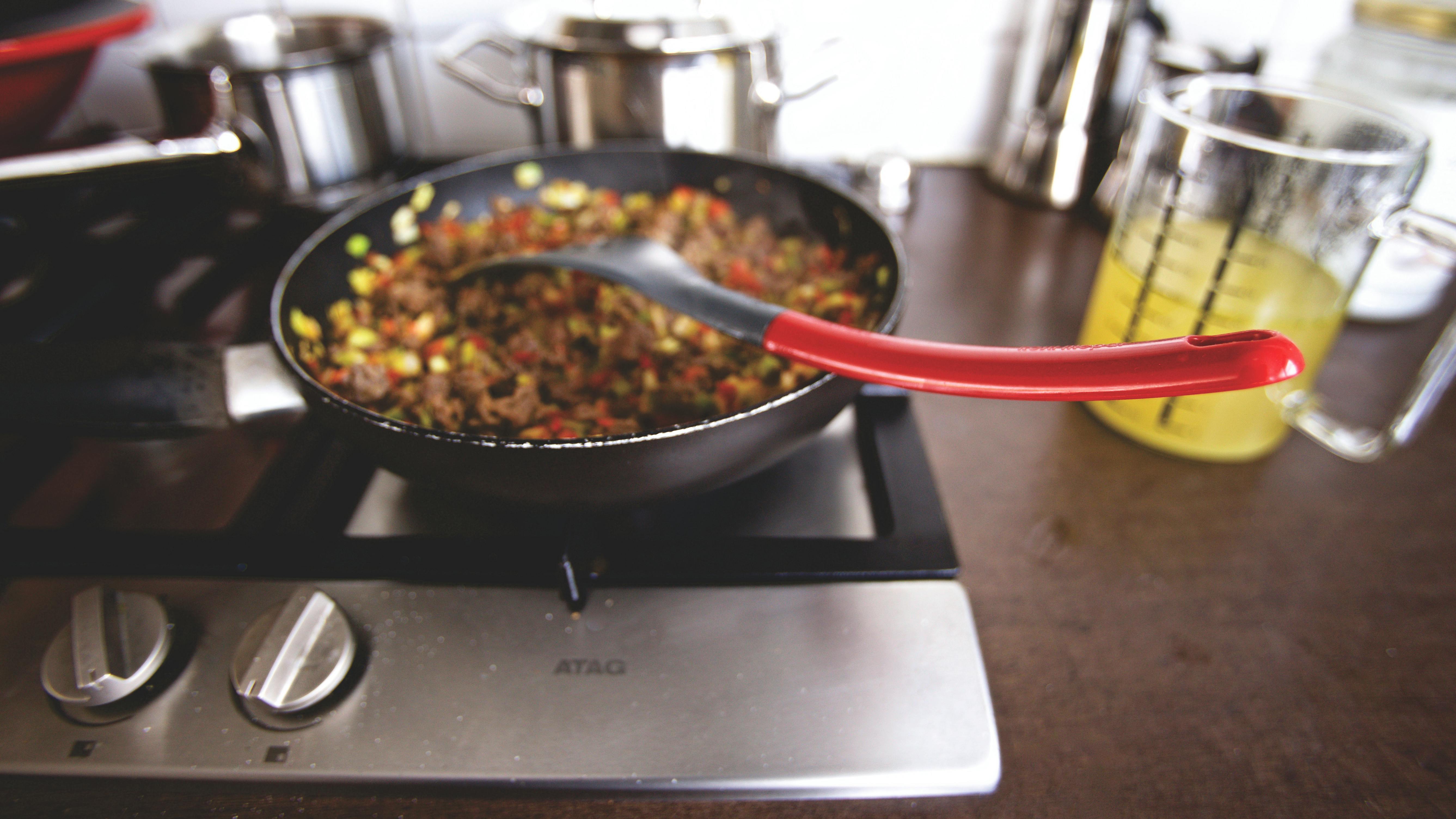
What is Sapstain – Blue Stain?
The term sapwood stain and blue stain is used in many articles related to rot and wood preservation. One must understand this term as a first step in understanding wood degradation and rot.
What is sapstain?
A tree consists of many parts, but for this brief treatise two terms will suffice, heartwood (physiologically dead wood located near the center of the tree) and sap, which is found on the outer periphery of the tree (physiologically active). Sapwood carries water and nutrients throughout the tree and is therefore a perfect environment for sapwood growth.
When a board or wood is cut from a log, mold spores can come into contact with the nutrient-rich wood with its inherently high moisture content and begin to multiply and spread over the surface of the wood.
As they spread, they create a stain that is normally blue, but can actually be different colors. Over the years I have seen not only blue, but also black, red and yellow.
If this mold/stain is left unchecked, it can penetrate the wood with tendrils and carry the infection deep into the wood(s). They will eventually give off enzymes that will break down the wood and then you have the start of some serious decay. We’re talking about wood that is moist (not dry) and in a nutrient-rich environment. Many people talk about dry rot; but in reality there is no such thing. This is a misnomer. since wood needs to be between 30 and 60 percent moisture content for the decay cycle to begin.
Sap Stain Prevention
To prevent sapwood stain from discoloring the wood, and to prevent further degradation from decay, many sawmills dip the product in a fungicide to prevent mold from attacking the wood. This is particularly important in the humid areas of the United States and its use is highly recommended for high quality and valuable lumber.
Wood that has a high propensity for sapwood stain will not have a smooth finish. The area that has the sap stain will absorb wood finishes more than unaffected areas. So when you finish such a rotten piece of wood, you’ll need to use a series of coats of wood finish to even out the look. For high-quality products, such as furniture or mouldings, wood infected with sapwood is discarded.
If you are installing wood that has mold present, it should be thoroughly washed before applying any type of finish. We are talking about a superficial layer of mold, not a stain that has penetrated deep into the wood. Use a mixture of three quarts of water, one quart of household bleach, and 1/4 cup of liquid dishwashing detergent that does not contain ammonia. Never mix bleach and ammonia, as it will give off dangerous fumes. This formulation can be sprayed using a pump sprayer. After 15 to 30 minutes, it can be washed off with a pressure washer.
Remember that once the stain penetrates deep into the wood, it cannot be removed with bleach or any other product. It’s there to stay. Always remember not to play chemist and experiment by mixing various chemicals, as they could emit dangerous gases… and more!








